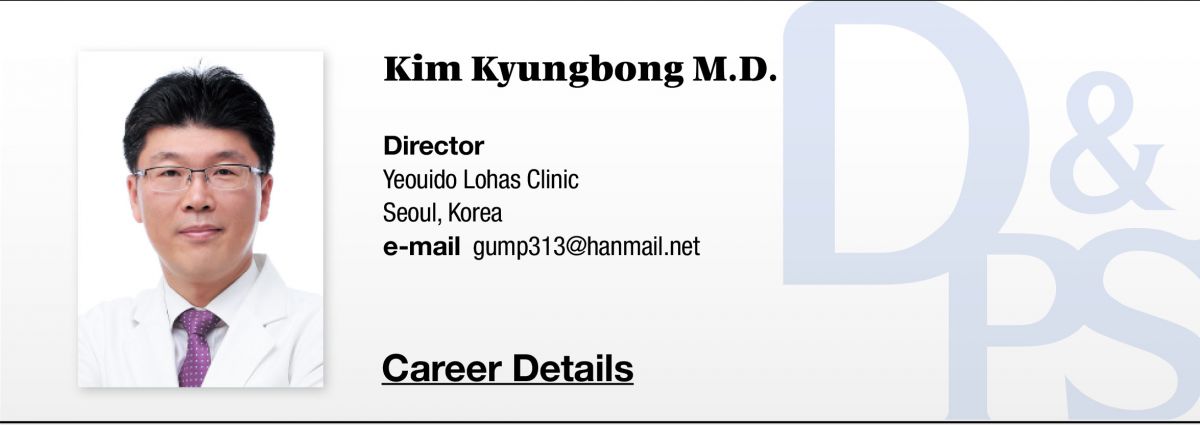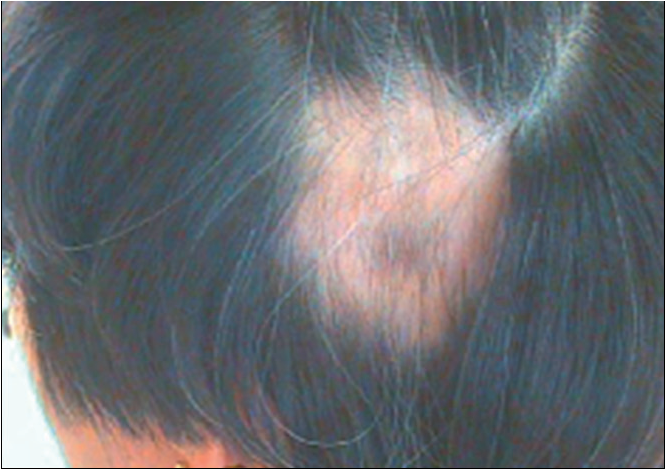
▶ Previous Artlcle : #4-5. Types of Hair Loss
Causes and Symptoms of Alopecia Areata
Alopecia areata can occur on any part of the body, including the scalp.
The cause of alopecia areata is not yet clear, but it is presumed to be an autoimmune mechanism in which white blood cells or lymphocytes attack his or her own scalp for no reason.
Stress, nutritional imbalance, lack of sleep, local infection, genetic predisposition, and endocrine disorder can be the cause.
[Advertisement] Reandnè Thread Series – Manufacturer: GTG KOREA(www.gtgkorea.co.kr)
The prevalence rate is 0.1 to 0.2%, and about 1.5 to 1.7% of the total population is said to experience alopecia areata in their lifetime.
It usually occurs in adults between the ages of 10 and 30, and about 60% of cases occur before the age of 20.
Children are known to account for about 20% of all alopecia areata patients.
Without self-symptoms, round or oval bald areas of 1-5 cm in diameter with a clear border appear suddenly, usually on the scalp, but may also appear on the beard, eyebrow, pubic hair, and armpit hair.
It has a higher incidence in patients with autoimmune diseases such as atopy, Down syndrome, thyroiditis, rheumatoid arthritis, and vitiligo.
In 3 to 30% of the cases, there are nail lesions such as diffuse fine pitting and longitudinal ridging.
Alopecia areata can be diagnosed if there is a round or oval bald area, and it indicates the clinical pattern that natural recovery and relapse are easy.
One of the characteristics is the presence of exclamation mark hairs (club hairs, !), which are mainly found on the edges of the bald area.
First, fluffy soft hairs begin to come out, and then they are gradually replaced with normal hair, resulting in regeneration of hair.
In addition, the recovered hair may take the form of white hair.
White hair is usually replaced by dark-colored hair, but it may remain white for many years.
There is no gender difference in incidence, and it occurs frequently in children and young adults.

Figure 1. Alopecia Areata.
-To be continued




















